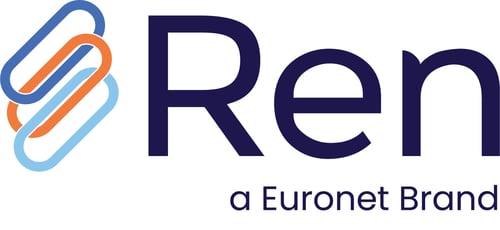What is a ‘Payment Hub’ and why defining it for yourself is crucial for success
What in the world is a “payment hub” anyway?
The term has been in the payment industry for many years and has been used to generally describe the centralization and optimization of different kinds of payment types and networks. However, that definition can vary depending on who you are talking to or what payment use case you are talking about. And with the availability and growth of real-time or instant payments, the notion of what a payment hub is, and its advantages, has gotten even more complex.
For the purpose of this post and giving us a place to start, we will focus on how a payment hub supports the initiation, orchestration, and execution of any payment, and the relevant data, going to and from an account within a financial institution. This definition from PwC summarizes it well:
“…a centralized system that actively supports payment transactions across channels and businesses creating a fully unified banking platform. It enables banks to move away from the silo approach in a controlled manner to significantly reduce time-to-market, migration risk and maintenance costs whilst establishing a base architecture platform that maximizes agility and efficiency.”
So, what are those different payment types or transactions that a payment hub can support?
- Instant Payments (FedNow, TCH RTP, Global Real-time Networks)
- High Value Payments (Domestic & Foreign Wires)
- Low Value Payments (ACH, Pay-By-Bank, A2A, P2P)
- Cross-Border Payments (SWIFT, Dandelion)
- Payment Messaging Standards (ISO 20022)
Not surprisingly, each one of these payment types and networks comes with its own unique features, formats, standards, and processing rules, resulting in a lot of process and workflows within a financial institution. On top of that, the payment systems in place today are built on legacy technology that has worked well in the past, but is not able to keep up with the advancement of innovation in payments (real-time, digital wallets, contactless, etc.). This is where a modern payment hub comes into play for a financial institution to drive processing efficiency and deliver new services to their customers.
Take the Incremental Approach to a Modern Payment Hub
Consolidating payments platforms into a centralized hub reduces complexity, improves security, enhances the user experience, and optimizes processing costs. However, taking a ‘rip and replace’ approach to consolidation can be costly, disrupt your business operations and negatively impact the customer experience.
Taking an incremental approach to a modern payment hub gives financial institutions the freedom to evolve legacy systems at any desired pace – taking a phased approach to connecting to networks and centralizing payment processes based on customer need and resources. Institutions can pick specific parts of their payments stack that they would like to modernize – enhancing existing payment systems, processes, and technologies while minimizing disruption to businesses and customers.
Financial institutions can stay ahead of the curve in the ever-evolving payment landscape by choosing to modernize their payment system architecture for real-time payments and other innovative use cases. A modern payment hub is important for the future success of financial institutions. It delivers future proofing so functions and features, as well as new rail connectivity for processing, can quickly and seamlessly be added without costly upgrades or changes to your infrastructure. As a result, financial institutions can reduce transaction costs, and more importantly be set up to stay ahead in innovation.
OK, so why Euronet’s Payment Hub?
Euronet has been in the banking technology and payments space for 30 years, with over a decade of real-time payments experience across multiple global real-time payment networks. Ren, our modern enterprise payments platform, was built from the ground up with innovation, speed, flexibility, and cost-efficiency in mind.
This means you don’t have to bet big and potentially lose big by banking on a fintech startup or legacy tech provider revamp to see if what they have works. We’ve proven it in some of the most complex and dynamic payment environments.
At its core, Ren enables financial institutions to quickly:
- Gain global access to instant payment networks
- Deliver robust wire transfer solutions to your customers
- Empower your team with ACH payment management tools
- Rapid ISO compliance now for ISO 20022 & unlimited messaging scalability for future requirements and regulations
- Fuel growth and efficiency initiatives in one comprehensive and scalable platform.
If you have questions or want to talk through any perceived obstacles, reach out to one of our Payments Experts here to begin the discussion.
Upgrade to Next-Gen Payments Technology
The rapid evolution of payment technology demands forward-thinking strategies. Our guide offers detailed insights to help you modernize your systems and keep pace with industry advancements. Prepare for the future—download your guide today!
Learn more about the REN Payments platform here.
Read More About:
Card Issuing
Switching
ATM Management
Payment Platform
Dynamic Currency Conversion
Payment Hub
Real-Time Payments
Comments



